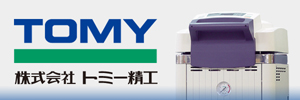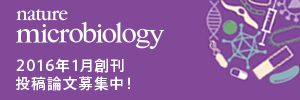PK-191 (JTK):Screening and Characterization of Biosurfactant-Producing Yeast
1Gyeongbuk Institute for Marine Bioindustry, 2Chonbuk National University
Biosurfactants have recently been recognized as important biotechnological products in biomedical, cosmeceutical, and potential food applications owing to their specificity, low toxicity, and biodegradability. In recent years, increasing concern has been placed on the environmental impacts of chemical surfactants. Biosurfactants (BSs) produced by microorganisms such as yeast, fungi, and bacteria are thought to be efficient replacers of chemically synthetic surfactants, and BSs have been developed as suitable alternatives for antimicrobial and biomedical agents. This study aimed to develop of high throughput screening (HTS) method for large amounts of potential candidates. In HTS steps, we developed rapid and simple screening methods for BS-producing yeast to design processes for the production of BS. During the screening for BS-producing yeast, we isolated many BS-producing yeasts which were identified as Aureobasidium pullulans, from wild flowers. A. pullulans is ubiquitous yeast found in various locations, including soil, plant surface and so on. A. pullulans produces polysaccharides such as pullulan, lipase, mannitol oils, biocontrol, lipid composition, and siderophore. Currently, a total of 30 strains of BS-producing yeasts have been discovered until date, we are for the first time to report the black yeast Aureobasidium pullulans as potential BS-producing yeast in this study. In addition, 17 chemicals with high-surface tension were identified to contain BS in their culture supernatant. Analysis of the chemical structure of these 17 chemicals by mass spectrometry and nuclear magnetic resonance revealed 10 novel chemicals including glycolipids. These results suggest that this screening method can be used for HTS, by using this rapid screening method and by screening many isolates, in the near future, various BSs are potential novel for use in various industrial applications and more new production strains or new BS may be found.
keywords:Aureobasidium pullulans ,Biosurfactant (BS),Glycolipid,Screening




